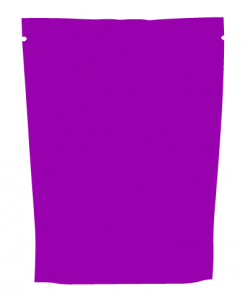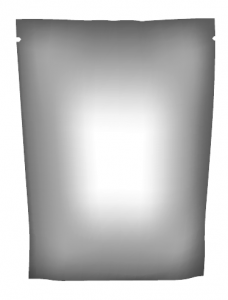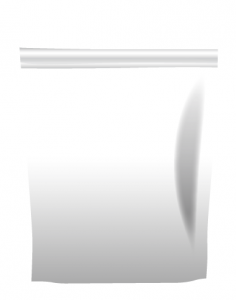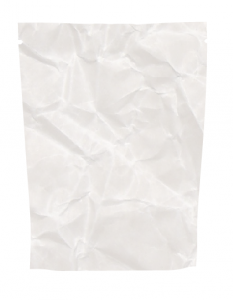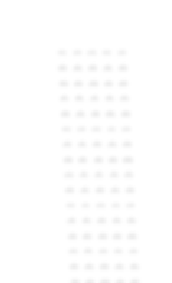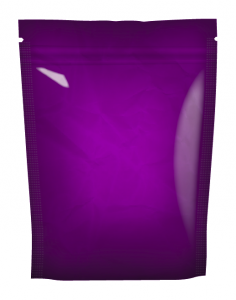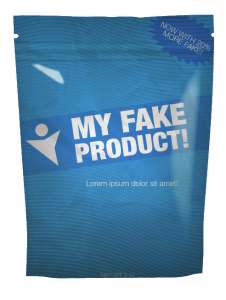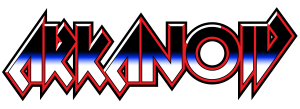 About a Decade ago, I build a handful of cocktail arcade cabinets with my family. Cocktail arcade cabinets are arcade cabinets where the screen faces up through a table top, and the players sit down on either side of it. We build them all from scratch with nicer materials and build quality than actual cocktail arcade cabinets.
About a Decade ago, I build a handful of cocktail arcade cabinets with my family. Cocktail arcade cabinets are arcade cabinets where the screen faces up through a table top, and the players sit down on either side of it. We build them all from scratch with nicer materials and build quality than actual cocktail arcade cabinets.
Pictured above is an unfinished (un-stained) Ms. Pac Man cabinet. Once they were completed, we each chose different games to put in our respective cabinet. I chose to put Arkanoid and Arkanoid: Revenge of Doh. Arkanoid is a classic break-out game made by Taito in the 80’s. It’s a bit more fun than just plain-old break-out since it has power-ups, bosses, and some semblance of a storyline.
In any case, one thing that was never completed to my satisfaction was the top. I printed out some power-up keys that were found on many Arkanoid cabinets, but never thought it looked very good. I’d thought about removing the artwork all together as well. But then I decided that it would be cool to print out an actual cocktail overlay as was common in the 80’s.
Many games, such as Pac-Man, Galaga, etc. had overlays that covered the entire top of the cocktail cabinet. I’d never found an Arkanoid cabinet with nice artwork, so I whipped this together. The goal was to look retro, incorporate the actual logos, and power-up information. (Click the image to enlarge) I’d say that I’m pretty happy with the result. The next step will be to print and cutout this design. It measures at 22″ x 32″, so It will need to be printed on a plotter, then laminated to protect it. I will post pictures of the finished result when its ready.
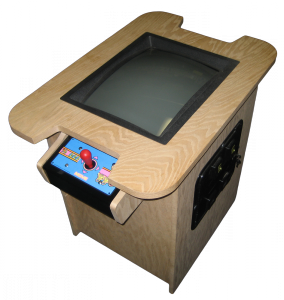
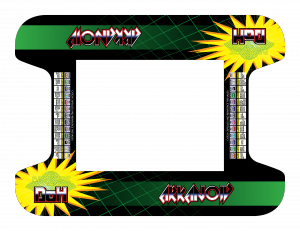
![Apple ][](http://www.coastalvectors.com/blog/wp-content/uploads/2011/06/Apple--300x220.png)
